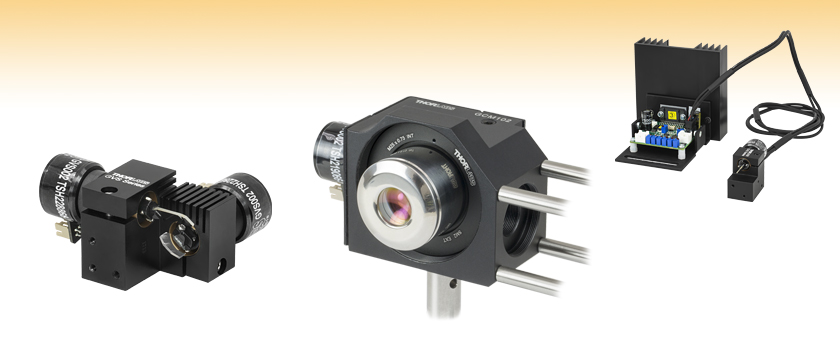
|

|
The galvano scanner is one way to scan lasers and the like. The optical elements (mirrors and lenses) attached to the rotating shaft are rotated at high speed by an electromagnetic motor, etc., and the servo driver controls the motor at high speed and with high accuracy based on the output from the position sensor to realize the scanning function... By using two galvano scanners, one for X and one for Y, laser scanning can be performed in a two-dimensional plane. There is also a 3D galvano scanner that can scan three-dimensionally by adding a galvano scanner in the Z direction. Usage of Galvano ScannerIt is used for high-speed and high-precision laser drilling, laser marking, welding, and laser scanning of 3D printers using trendy photo-curable resins. It is used for processing parts that require micron-level accuracy. In addition, the rotation of the dispersion element of the spectrophotometer, the confocal microscope, and the laser microscope used in biochemistry and biotechnology can be used for high-precision, high-speed, and wide-range scanning, taking advantage of the features that can be controlled even in nano units. It is also used in optical coherence tomography (OCT), which visualizes the internal structure of minute tissues.Galvano Scanner PrincipleGalvano scanners have good scanning accuracy, high-speed support, high resolution, easy operation, and excellent cost performance. It is used in many applications such as laser scanning because it can operate at high speed for a long time and maintain high repetitive positioning accuracy even when the temperature changes. The mirror size (inertia) determines the configuration of the galvano scanner. Since a scanner suitable for inertia has been selected, it may not work well, especially if you replace it with a mirror with a different weight or center of gravity. When selecting a galvano scanner, it is necessary to select not only the mirror size but also the scanning method (step scanning, raster scanning, vector scanning), required speed and accuracy, and use them properly depending on the application. Also, there is a limit to the range of rotation (for example, ± 30 degrees), so be careful about Hiucho. Various coatings are available for the mirror depending on the wavelength of the laser used. For more information, check at https://www.dzoptics.com/en/ |